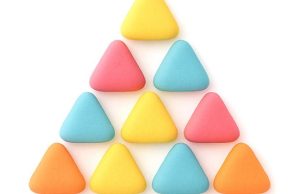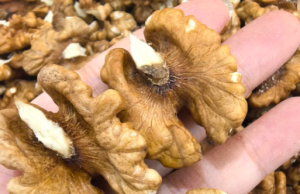Let’s be honest, deep-fried foods hit a spot few others can. Be it chicken or French fries, fried delicacies seem to have an extra oomph to them.
But with them come several health concerns, one of which is whether it’s healthy to reuse the oil used to cook them. Since they usually require a lot of cooking oil to prepare, pouring all of it away seems like a waste to many of us.
So, is it safe to use cooking oil more than once? What happens when you reuse your cooking oil?
And if so, how many times can we reuse it?
If these are the questions that plague you, you have come to the right place – we have the answers to these and many more questions.

What happens when the same oil is used for deep frying over and over again?
Reusing oil can create free radicals that can lead to inflammation and thus diseases. Free radicals attach themselves to healthy cells in the body and may lead to certain health problems. Free radicals sometimes can be carcinogenic, which means they can cause cancer. Reusing oil can also lead to atherosclerosis that can cause an increase in the bad cholesterol, leading to blockage in arteries.
In addition, there are many other problems that reusing oil can cause. Reusing the same oil can lead to a number of problems including acidity, heart disease, Alzheimer’s disease, Parkinson’s disease and irritable throat.
How many times oil can be reused?
Ideally the oil once used for deep frying should not be used again. But in some cases, it can be, depending on the type of oil is being used, how long it was heated, was it used for shallow frying or deep frying and what type of food was cooked in it.
However, if you still want to reuse some oil left over after frying, follow these steps to reduce bad effects:
1. Let the oil cool.
2. Use a spoon to remove any large food pieces from the oil.
3. Choose a clean container for your oil – ensure it’s tightly capped. You can use a glass jar, an opaque stainless steel bottle, or any other dark-colored container. Don’t use other metals like copper and brass though – they can react with your oil.
4. Use a cheesecloth or fine-mesh strainer to remove residue and small food particles. Place the strainer on top of the container you plan to store the oil in – don’t mix the used oil with any other oil. Fill the container until there is little air space left then close it tightly.
5. Label the container with the date you used the oil and what you used it to cook. Since oils usually retain the flavor of the food they were used to cook, you need to be careful. Otherwise, you may end up in disasters like using fish-smelling oil to make donuts.
6. Store the oil in a dark cool dry place like your pantry or refrigerator until you need to use it. Keep it away from light and heat – these will speed up oxidation. Don’t let it stay for more than 1-2 months before using it though.
Also, if you know that you’re planning to reuse cooking oil, here are a few tips that will help you maintain its integrity as you fry:
– Use fresh oil to fry neutral-tasting food then you can reuse it to fry foods with stronger flavors later on.
– Ensure your oil reaches the right temperature before adding your food to it and avoid burning. Consider getting a thermometer to help you with this.
– Keep water away from your oil while frying – this will prevent your food from getting crisp. So keep your eye out for ice particles in food and avoid using a lid when frying – the resulting condensation will just drip into the oil.
References: timesofindia.indiatimes.com, sustainabilitynook.com


















